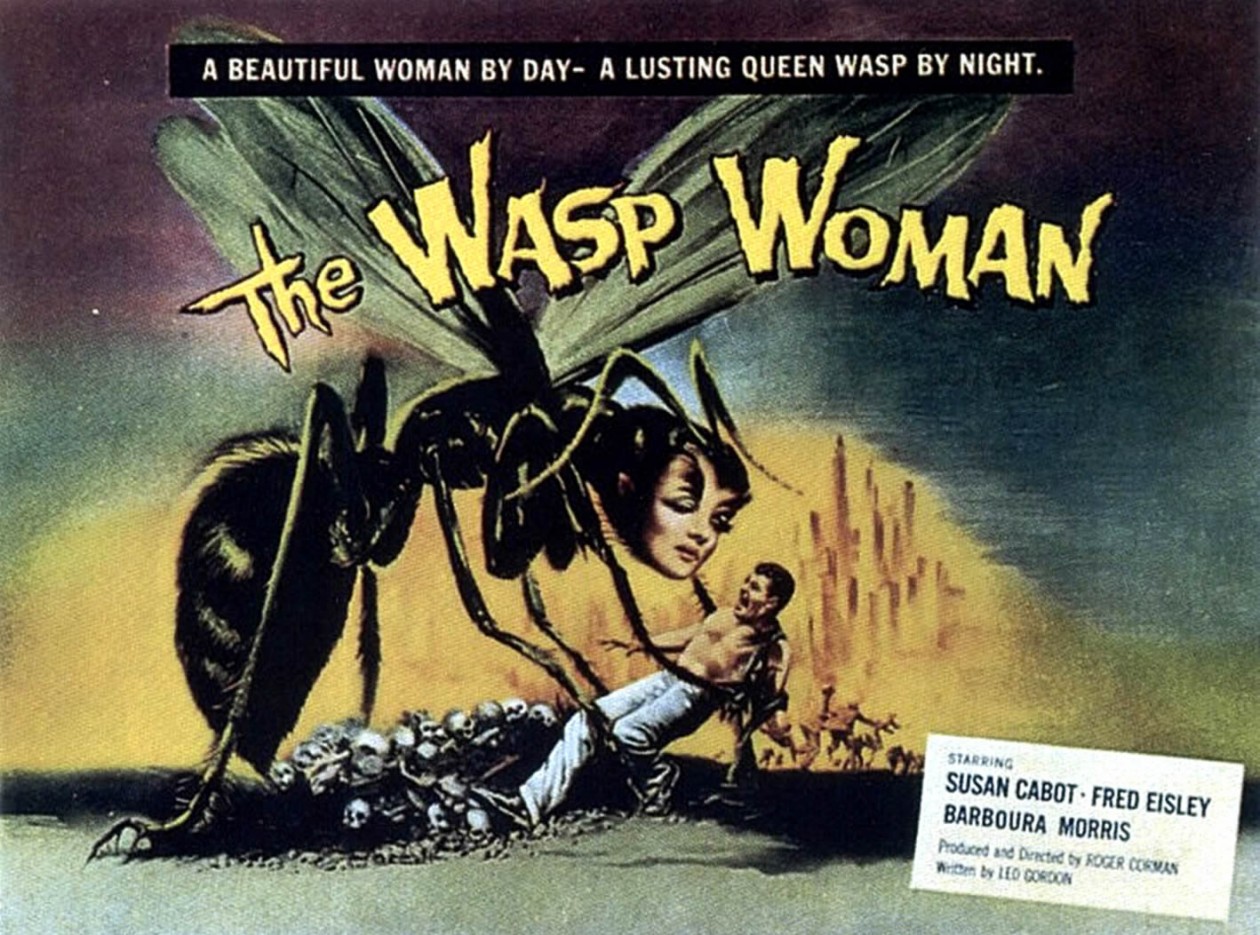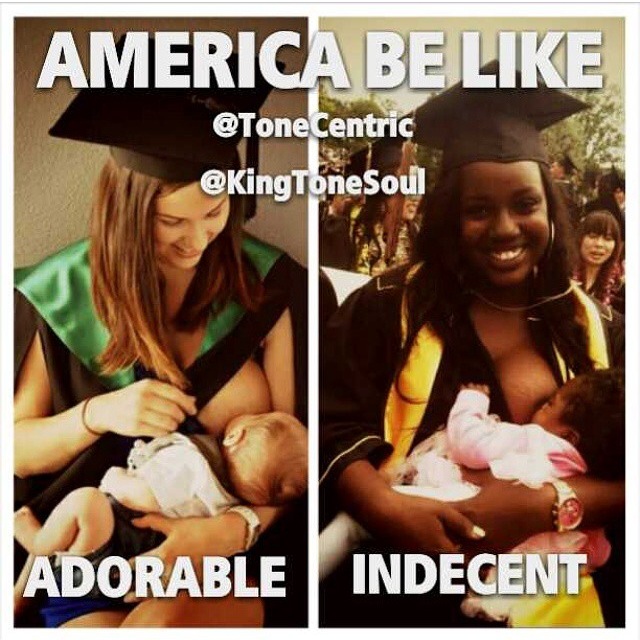A point was made in class today that all we’re being offered as consumers of media are the physical bodies of celebs and the skimpy outfits they wear. Specifically in reference to Beyoncé and her legs. In response to that, I believe we need to remember that the media functions under the male gaze mostly, and that this is the type of subject matter that sells. If an individual can’t get past the hypersexualized material that’s been put out for them, the only thing they have room to judge is the fact that the material is hypersexualized, not the artist, the artist’s values, the artist’s future, or anything else. Yes, this is concerning for younger children who consume this media, but the artist isn’t to blame. This is where the importance of education comes in so that kids don’t think the body shapes and outfits they see equals success. Further, I don’t believe it’s accurate to criticize the artist herself for the images/videos we see of her in mainstream media as if it’s the only representation of her out there. If one would like to criticize an artist as a whole, I believe all of that artist’s work has to be examined, not just the 2-5 songs heard in mainstream media in the past few months.
What’s been seen in mainstream music recently is Taylor Swift singing about her relationships with men, Beyoncé dancing seductively, or Miley Cyrus twerking or being naked on a wrecking ball. I think it would be a mistake to judge these artists solely based off of what’s been put in mainstream media. Each of these artists has their own range of music that depicts their experiences living in the world. And because they’re women, that essence is mixed in as well. However, the labels that these artists are signed to often exploit one specific experience out of the range that the artist has to offer – that experience tends to be their sexual liberation.
One of the points I’m trying to make clear is that there is much more to the artists that have been deemed inappropriate or bad role models. In fact, if you were to explore their music you would see that they’re people with real stories that can be used to inspire deeper thought. But you would have to look past their outfit and their legs in order to focus on some of the meanings in their not-so famous songs.


